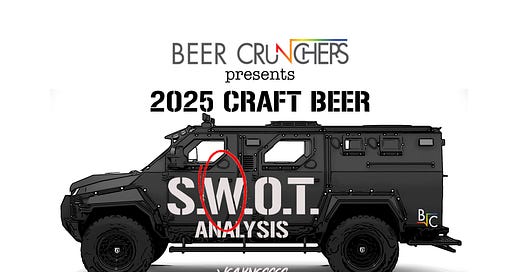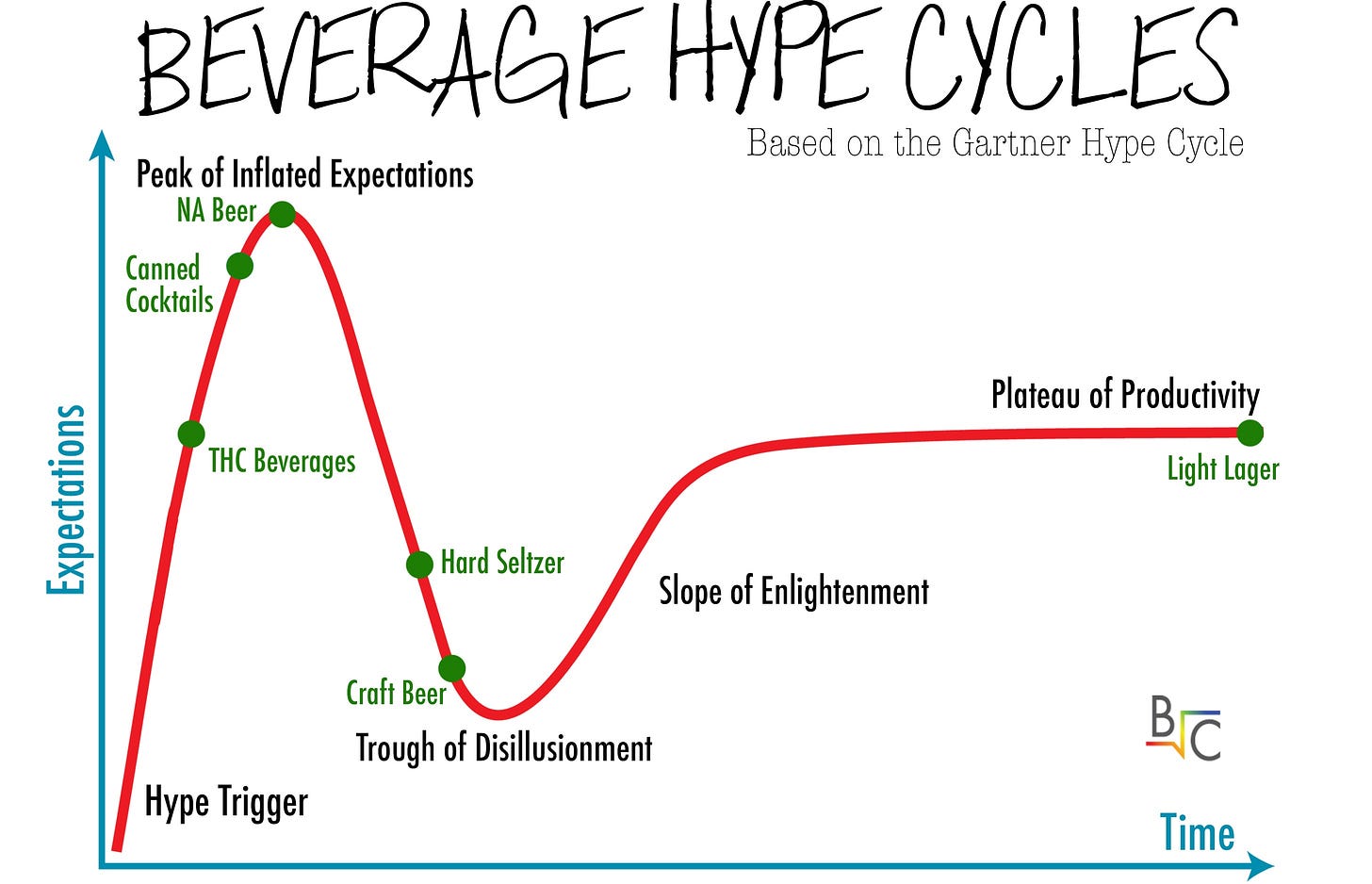2025 Craft Beer SWOT Analysis Part 2: Weaknesses
Remember the early years of the iPhone, when we’d eagerly count down the days until our contract allowed for an upgrade? Each new release promised something revolutionary—faster performance, sleeker design, and exciting features that made the previous model feel outdated. With every upgrade, Apple raised the bar, and we, the consumers, couldn’t wait to get our hands on the next big thing. Over time, though, that cycle began to slow. As the iPhone matured, its innovations became more incremental, and while loyal users still appreciate a new model, the urgency for constant upgrades faded. Faced with this shift, Apple found itself needing to explore new revenue streams in order to grow and avoid the dreaded plateau. Sound familiar?
Every industry has its challenges. Just as we all have our own personal weaknesses, even the biggest names in beer, like Modelo, aren’t immune to limitations and threats. The key to overcoming these hurdles is self-awareness and a solid game plan around them. As we head into 2025, here are four weaknesses facing the craft beer industry:
1. Loss of Hype
There was a time when millions of people revolved their weekends around how many breweries they would visit. Beer enthusiasts were tracking their local bottle shops by the hour, anxiously awaiting new releases and rushing to grab bottles before they sold out. There were fewer breweries, they were smaller, and beer felt far more finite. For a period there, it felt like one could visit all the breweries and try all the beers, leading to a euphoria surrounding the quest. The simultaneous rise of platforms like Instagram, Facebook Groups, and Untappd fueled a social layer and 24 hours/day engagement cycle to this period of discovery, building connections and forming communities.
For a generation that grew up collecting baseball cards, comic books, Beanie Babies, and Pokémon, craft beer was the ultimate checklist—a new frontier of experiences and limited-edition treasures. But like those past crazes, the hype surrounding craft beer wasn’t built to last forever. Many businesses thrived in this early environment, but failed to properly account for how much they were relying on the constant buzz to fuel their growth, unprepared for what could happen when that hype inevitably faded. Today, the craft beer industry faces a more mature reality with less 'limitedness', less collecting, and less FOMO. Craft beer has become normal.
While this shift will bring much-needed stability to the long run, it also means turbulence in the present. Breweries must find ways to overcome these headwinds by creating their own version of hype tied to their reputation, quality, brand, and next level story-telling.
Keep reading with a 7-day free trial
Subscribe to Beer Crunchers to keep reading this post and get 7 days of free access to the full post archives.






